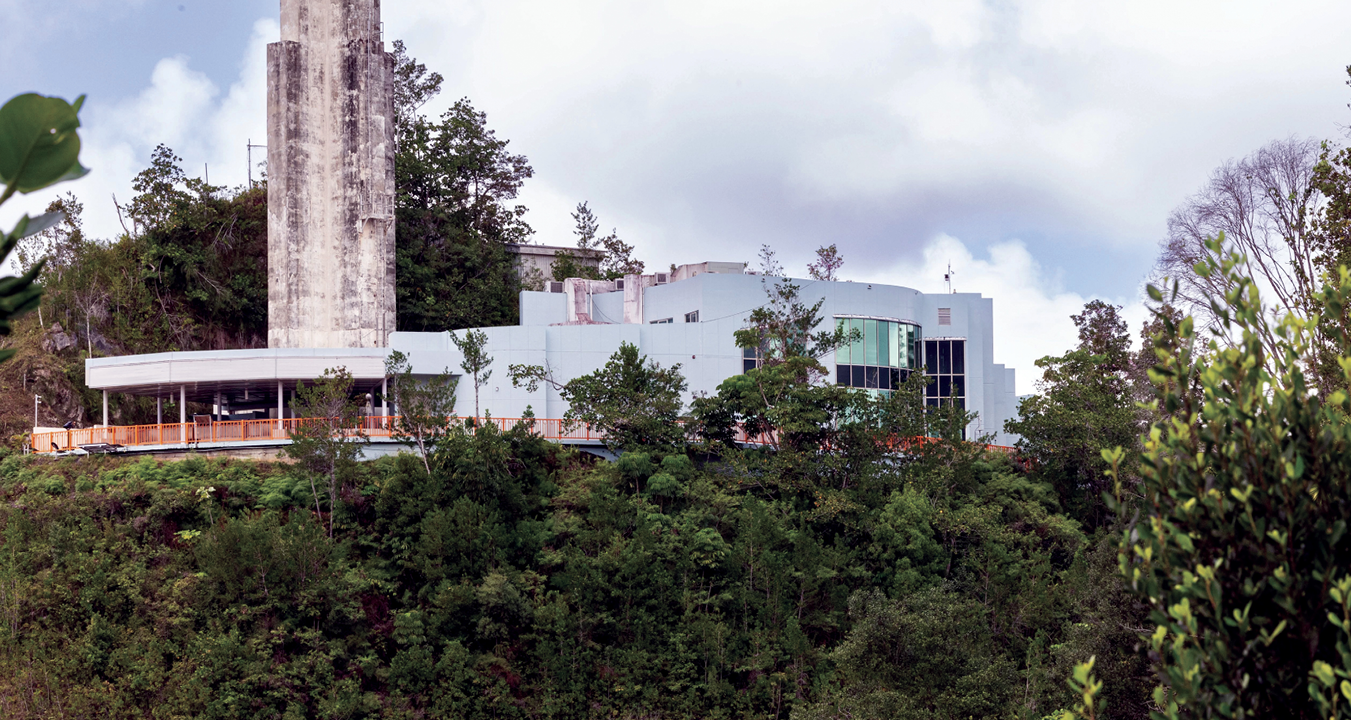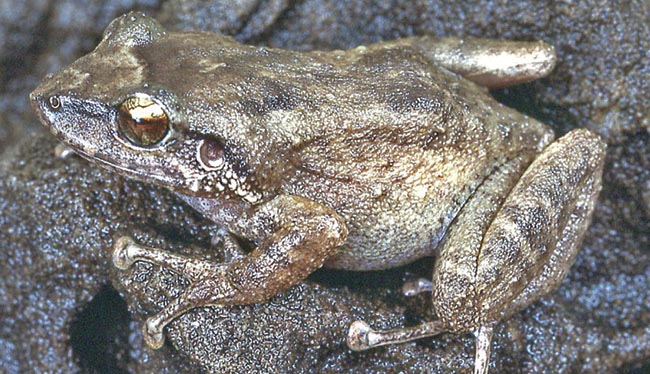Arecibo STEM educational center to open soon
DOI: 10.1063/pt.etih.owvo
Two years after the 305-meter radio telescope collapsed at Arecibo Observatory on 1 December 2020, NSF announced that the site would be converted into an educational center (see “NSF’s Arecibo strategy puts future research into question
NSF Arecibo C3 will feature a laboratory and an interactive science center with STEM exhibits and activities focused on biology and computer science. The center will target educators, K–12 students, and the general public.

The Ángel Ramos Foundation Science and Visitor Center at the former Arecibo Observatory site is being converted into an educational center, scheduled to open in November.
AMANDA JOY MEYERS/NSF

A pilot phase began in late May. High school and college faculty from Puerto Rico and the rest of the US were invited to a workshop for a deep dive into nanopore DNA sequencing, a process used to determine the sequence of nucleotides in a DNA strand.
At the time Physics Today went to press, the schedule also included two biology-education workshops in which high schoolers and middle schoolers could extract, analyze, and model DNA. The goal of those activities is to expand students’ understanding of genetics and cell biology.
Professional development for life sciences instructors will be a focus moving forward, says NSF Arecibo C3 lead investigator Jason Williams. A group of Puerto Rican high school teachers is helping to shape the center’s programming. The center’s executive director, Wanda Liz Díaz Merced, worked with the Puerto Rico Department of Education to incorporate astronomy learning for teachers and students.
Another pilot-phase activity hosted by the center is a citizen science project on biodiversity in which volunteers across the island collect samples of various plants, insects, and small animals and map their distribution.
Over the past two decades, NSF has invested more than $200 million in Arecibo operations, management, and maintenance. In 2023 NSF said that it is putting $5 million over five years into the center. Four institutions are partnering with NSF to organize and implement educational programs with that funding. The University of the Sacred Heart in San Juan will incorporate astronomy topics and create STEM activities for those with disabilities. The University of Maryland, Baltimore County, will focus on computational science. New York’s Cold Spring Harbor Laboratory will promote biology through hands-on activities. The University of Puerto Rico at Río Piedras will offer undergraduate biology education through research and connect the University of Puerto Rico system to the center.

The Coqui frog is among Puerto Rico’s indigenous plants and animals studied in the biodiversity mapping project run by the new educational center at the site of the former Arecibo Observatory. (Photo by Louis Porras; from V. H. González-Sánchez et al., ZooKeys 1022, 79, 2021.)

During its long run as the world’s largest radio telescope, the Arecibo Observatory was used to detect hundreds of near-Earth asteroids, discover the first binary pulsar, and find the first exoplanet. The dish faced years of deterioration but continued to be used for many other significant discoveries before it collapsed (see “NSF puts Arecibo Observatory on chopping block
A 12-meter radio telescope at the Arecibo site stopped operations last year when the facility officially closed. Astronomer Abel Méndez at the University of Puerto Rico at Arecibo’s Planetary Habitability Laboratory trained students on the dish. He says that he hopes that funding will be found to bring the telescope back on line for educational and research purposes at the center. So far, though, that’s not in the plans, according to an NSF spokesperson. Although gathering new astronomical data is not on the horizon for Arecibo, archived data from the telescope may be used in center activities.
Anish Roshi, who headed radio astronomy at Arecibo, says that a center for science education will benefit Puerto Rico. Still, he says, without a major research facility, visitors won’t be exposed to world-class science.
